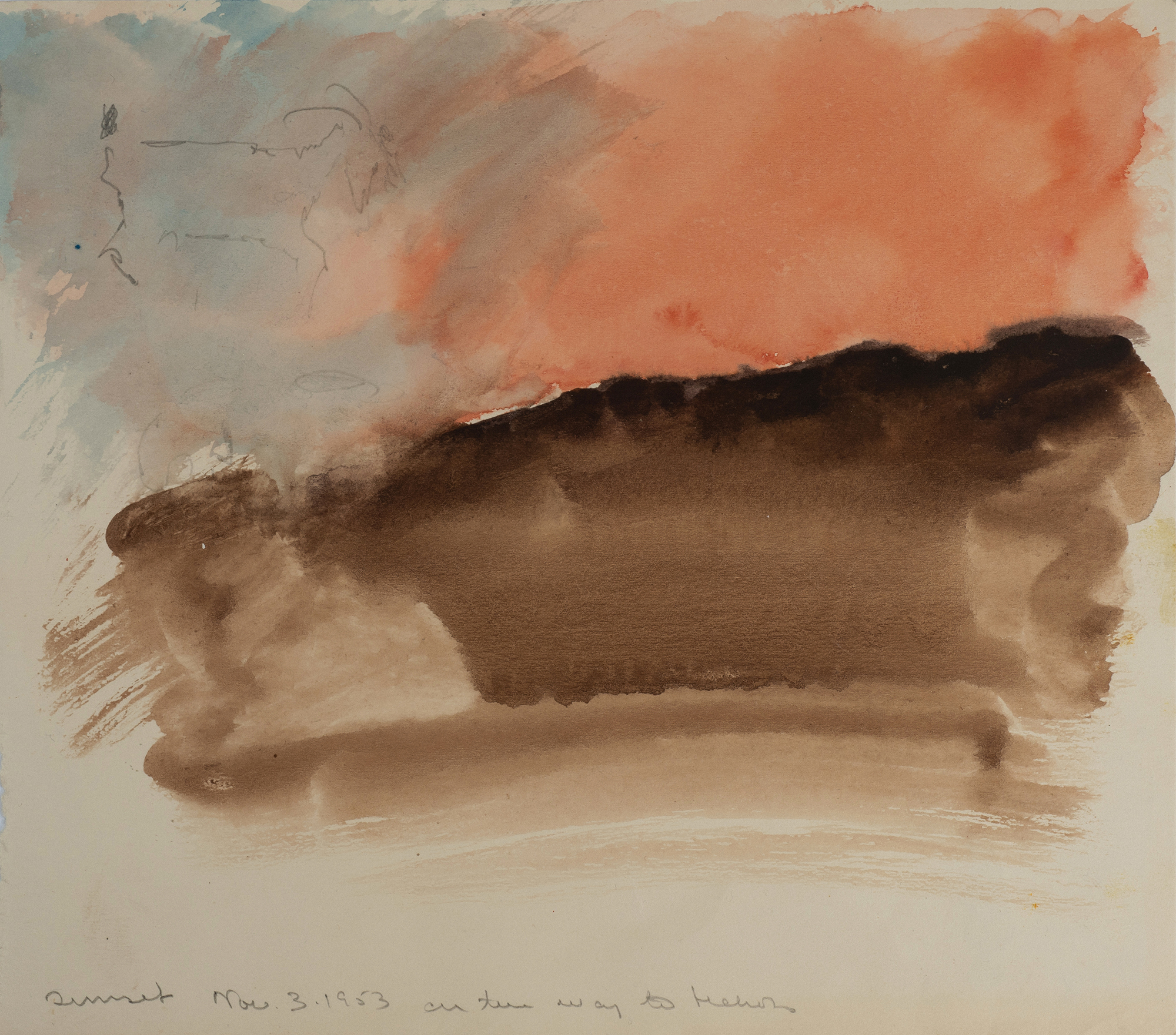Haj Saleh, Al-Fadih wa Tamthiluhu: Mudawalet fi shakli souriyah al-mukharab wa tashakuliha al-assir (The atrocious and its representation: Deliberations on Syria’s distorted form and its tumultuous formation) (Dar al Jadid, 2021), as introduced and summarized in English by Haj Saleh on the Henna Platform →.
The “our” and “us” referred to by Haj Saleh is his homeland Syria, in which he crucially maintains that “any point of entry into knowledge of Syria is Syrians’ most cruel, atrocious experiences” (The Atrocious, via Henna).
Haj Saleh, Al-Fadih wa Tamthiluhu, 157.
Haj Saleh, Al-Fadih wa Tamthiluhu, 157.
Said, “On Jean Genet’s Late Works,” Grand Street, no. 36 (1990): 30.
Berger, Hold Everything Dear: Dispatches on Survival and Resistance (Verso, 2016), 127.
Berger, Hold Everything Dear, 127.
Berger, Hold Everything Dear, 127.
